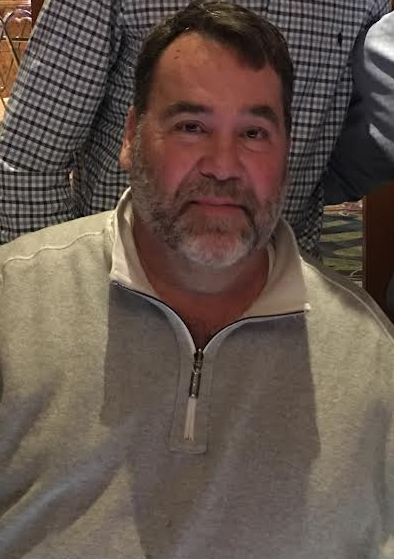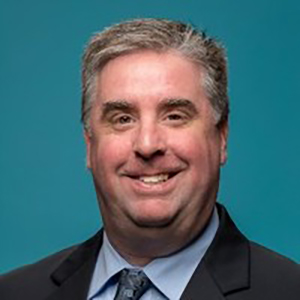
By STEVE KRAH
http://www.IndianaRBI.com
Lloyd McClendon first burst onto the baseball consciousness of America 50 years ago and he’s been involved in pro ball for four decades.
At 63, McClendon says he would like another shot as a manager or bench coach at the big league level.
“Hopefully an opportunity comes my way one more time,” says McClendon, who lives in Valparaiso, Ind. “I’m at a point in my career where I’ve paid my dues and earned the opportunity to do it again.
“I’m enjoying life.”
McClendon became known as “Legendary Lloyd” when he smacked five home runs in five swings at the 1971 Little League World Series. He played in Willamsport, Pa., on the first LLWS team comprised completely of black players.
“Over five or 10 years, I’ve really started to realize what a tremendous impact we had on this country,” says McClendon. “I’ve come to realize you did do something kind of special.”
Speaking to IndiandRBI on Martin Luther King Jr. Day (Jan. 17, 2022), McClendon talked about the civil rights icon.
“Dr. King was not only a tremendous leader, motivator and speaker, but he lived his life in such a manor that it’s hard not to admire,” says McClendon, who was also a guest of MLB Network Monday. “The moment that we stop giving and caring for others is the moment we start to die.
“It just lets you know what your life should be all about.”
McClendon also recalls the famous quote by Hall of Famer Jackie Robinson: “A life is not important except in the impact it has on other lives.”
McClendon grew up in Gary, Ind. — a town that has also produced big leaguers LaTroy Hawkins and Wallace Johnson — and played football, basketball and baseball at Roosevelt High School, graduating in 1977 and playing three seasons at Valparaiso University. His head coaches were Walt Taliaferro (football), Ron Heflin (basketball) and Benny Dorsey (Roosevelt baseball) and Emory Bauer (Valpo baseball).
“These guys were so influential in my life,” says McClendon. “It’s hard to imagine where I’d be with without them.”
From Taliaferro, McClendon learned about responsibility and being a teammate. A passion for competition was imparted by Heflin. Dorsey showed how to win and how to lose, humility, respect and compassion.
“(Bauer) took me over the top and taught me about being a professional and how to go about my business,” says McClendon, who hit .330 with 18 homers, 73 runs batted in and twice received all-conference honors for the Crusaders before being selected in the eighth round of the Major League Baseball First-Year Player Draft by the New York Mets. The righty-swinging catcher, outfielder and first baseman made his MLB debut with the Cincinnati Reds in 1987. He hit a combined .244 with 35 homers and 154 RBIs for the Reds (1987-88), Chicago Cubs (1989-90) and Pittsburgh Pirates (1990-94).
McClendon, who is a member of the Indiana High School Baseball Coaches Association Hall of Fame, Valparaiso University Athletics Hall of Fame and due to go into the Indiana Sports Hall of Fame (May 13-14, 2022 in Evansville), was manager of the Pirates (2001-05) and Seattle Mariners (2014-15 and served as the interim manager for the Detroit Tigers (2020).
A Detroit player won the American League batting title in four of McClendon’s seven seasons as the team’s hitting coach — Magglio Ordonez (2007) and Miguel Cabrera (2011, 2012, 2013 and 2015).
McClendon marvels at the .363 posted by Ordonez.
“This guy was just phenomenal,” says McClendon. “He did not have one infield hit. Running the bases was not his forte.’”
What did McClendon do to help Cabrera?
“I just made sure they had a cab to get the ball park,” says McClendon. “The coach is only as good as the talent he has not he field.
“I did try to instill was good work ethic and knowing how to grind things out.”
Cabrera became the majors’ first Triple Crown winner (leader in average, homers, RBIs) since Carl Yastrzemski in 1967 when he hit .330 with 44 homers and 139 RBIs in 2012.
The next season, Miggy went .348/44/137 — and was nine homers and one RBI of shy of a second straight Triple Crown (Baltimore’s Chris Davis bashed 53 homers and knocked in 138).
As a hitter himself and a hitting coach, McClendon saw the worth in studying opposing pitchers.
“Do your homework,” says McClendon. “Knowledge is power. I was a grinder. I wanted to know my opponents and what they were going to do in big situations. I hit to all fields. If (the pitcher) made a mistake I hit it out of the ball park.
“Cabrera has a memory like an elephant. He would just keep it simple. He had that consistency and ability to grind it out. He wasn’t going to get much. He saw so few pitches (where he could do damage) per game and was tremendous.”
What McClendon enjoys most about managing in the leadership factor. That bug first bit him as a 9-year-old Little Leaguer.
“I enjoy working with young men and seeing talent come to life,” says McClendon, who also manager the Triple-A Toledo Mudhens in the Tigers system in 2016 and 2017. “Adrenaline flows at the head of the ship and moving through tough waters at times. It was a lot of fun.”
If McClendon got the call to manage again who would he call to be on his staff? He declines to name specific names.
“Baseball is so dynamic especially with analytics,” says McClendon. “You have to make sure you have the right people in place.”
In 2021, the San Francisco Giants won 107 regular-season games with an on-field coaching staff of 14 led by manager Gabe Kapler.
“It’s nice to have that many people and that type of budget,” says McClendon. “It’s hard to argue with success.
“They did something right.”
For the past decade, McClendon has been teaching hitting to youngsters — most age 12 to 18. He works at Triple Crown Valparaiso Baseball & Softball Training Center as does son Bo, who instructs the younger ages.
Bo McClendon, 34, played at Merrillville High School, where he set stolen base records, and Valparaiso U., as well as in the Tigers organization.
Married for 40 years to Ingrid (the couple met at Valpo U.), they also have a daughter — Schenell — living with her husband and their granddaughter — Bryn (2 1/2) — near Washington D.C.
Say McClendon of the little one, “She’s got Grandpa wrapped around her finger.”



















